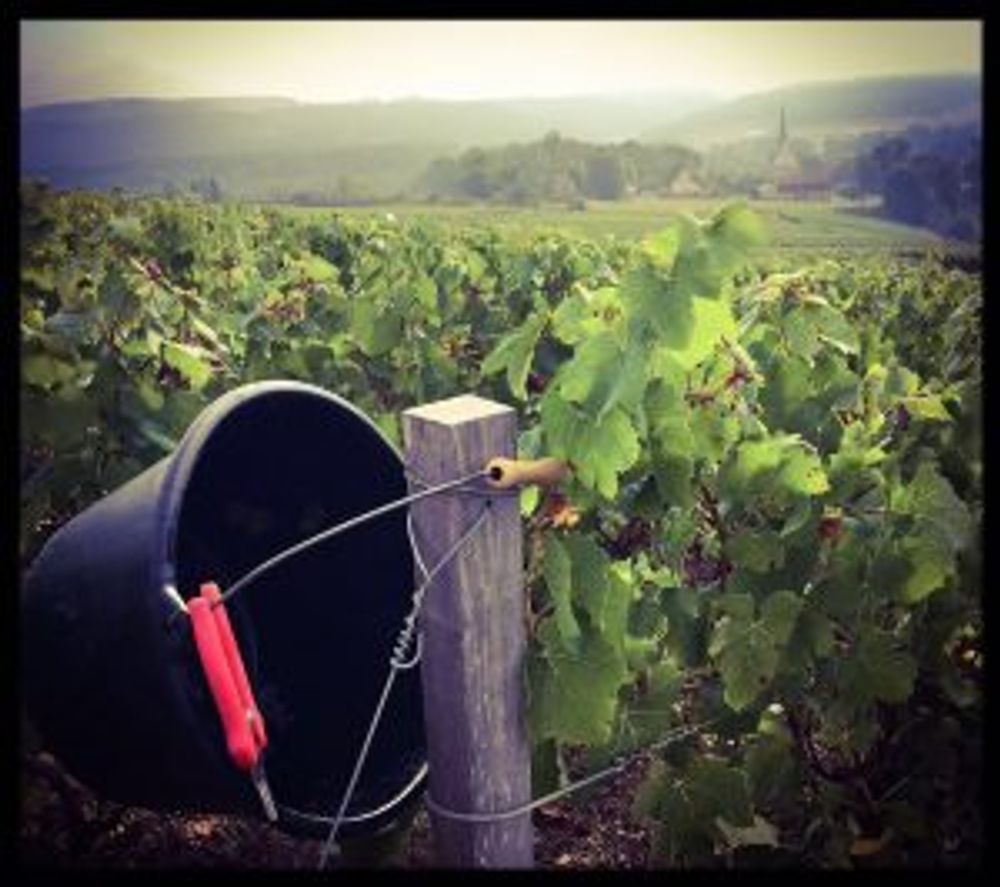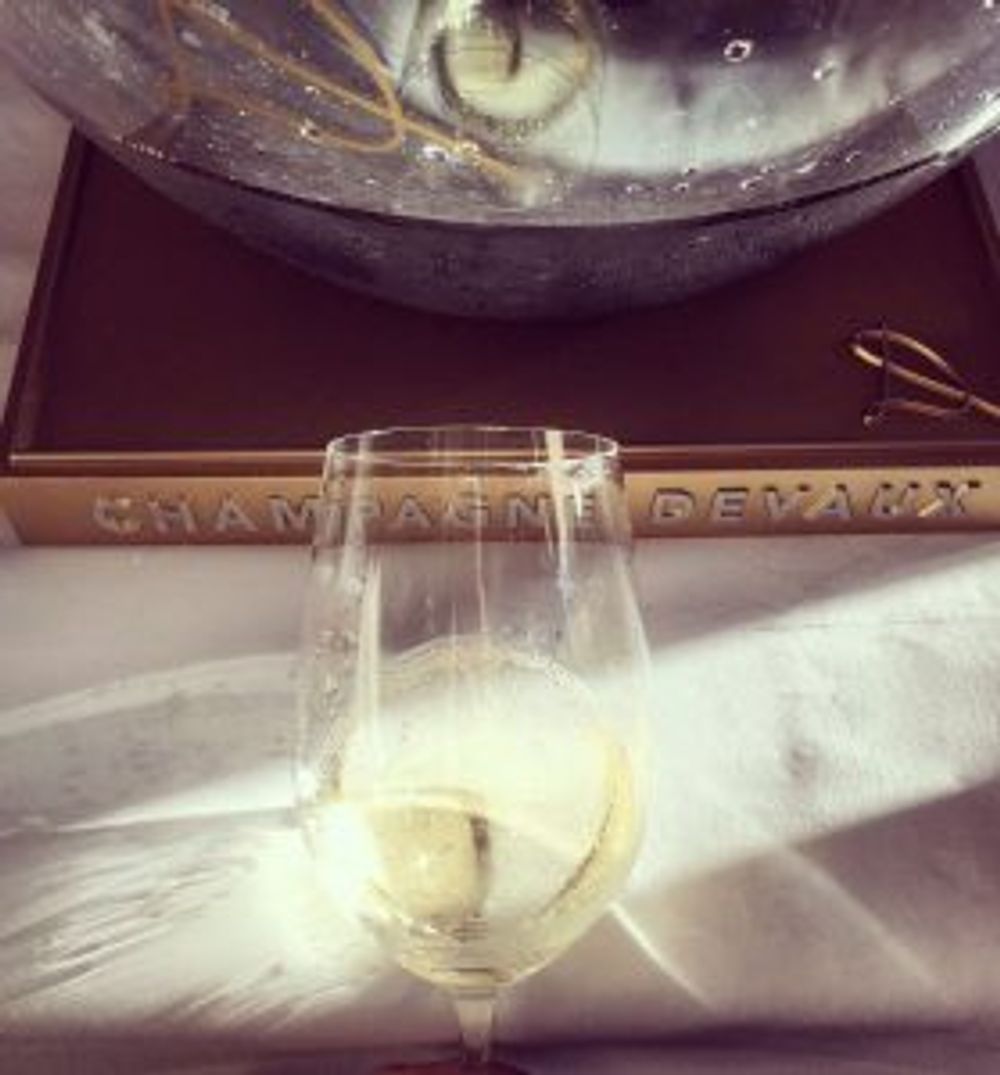A London tasting of Devaux Champagnes takes our intrepid writer back to the Côte Des Bar, the most southerly tip of the Champagne region and one that deserves greater recognition.
I’ve tried a couple of times to sit down and write this piece.
It shouldn’t really be that hard, but it kind of is.
How do I write another piece about Champagne without boring myself, let alone you lot?!
The tricky bit is that in the big old wide world of wine there are umpteen different countries producing some seriously good bubbles these days. So banging on about why you need another Champagne on your lists might sound a bit on the crass side. And if I was about to tell you about some new label some Grand Marque’s just brought out to fleece the world for another £10 a bottle then you’d be rightly fed up.
This time though I get to bang on about a bit of Champagne that really peaks my interest. All I’ve got to do now is explain myself quick enough so that your eyes don’t glaze over.

In the last few months I’ve been very lucky to get more acquainted with the bubbles of the Côte Des Bar, Champagne’s most southerly region, and I’m convinced you should all make it a mission of yours too!
I think you could argue that this is the least fashionable of all of Champagne’s regions. Certainly wandering round the slightly deteriorated streets of Bar-Sur-Aube, one of the areas biggest towns, you definitely feel a long way away from the glamour and yellow stone facades of Reims or Epernay.
But cut your way through all that and you’re in an area producing some of the most exciting and inviting wines in Champagne.
For years this region was for growing, with lots of smallholders producing grapes for the big Champagne houses further north to scoop up and add to their blends.
In an incredibly dubious arrangement, the Echelles Des Crus (as it was known) would set the price of the grapes at market and the growers would rock up, weigh in, and walk away with a few quid for their troubles. The grapes or juice or base wine would then be whisked off to the likes of Veuve Clicquot or Lanson and go into consistent house blends for the cuvées.
The Côte Des Bar was sought after primarily because of the great Pinot Noir grown there. Generally speaking it’s a lot lighter and fresher in style than those celebrated Pinots of Montagnes Des Reims.
You have to remember we’re only a few miles up the road from Chablis in the top tip of Burgundy. We’re talking much more clay than chalk soils. In fact, the Pinot is so different round here that it’s the only area of Champagne that produces AOCs different to the standard Champagne, with the still Rosé De Riceys AOC.
It hasn’t always been an easy ride for grape growers round here. The price that used to be set for the grapes from the Côte Des Bar was generally lower than those from elsewhere. Despite the fact the lighter style became hugely important in the blending game for the Grand Marques it could never really shake the stigma of being a bit further away and not the same as the classic regions up north. So when the boom of grower-producers started up, the farmers of the Côte Des Bar saw an opportunity and got stuck in.
Producers in Côte Des Bar that are worth making a note of
Both producers I met all those years back on my first trip were in that pool. Pascal Manchin and Demilly De Baere were producing light and fruity classic cuvées, effortless blanc de noirs, and most impressively of all the most vibrantly fruity rosé bubbles I’d ever tasted.
There was definitely something in this.

The flashbacks were coming thick and fast a couple of weeks back when I got a chance to head down to Ormer in Mayfair for a taste through with the Devaux champagne house. Previously from up in Epernay they relocated to the Côte Des Bar and have been a flagship for the area ever since.
Producing the classic cuvée and rosé styles, it’s with their Sténopé brand that they’re really going after the premium sector and showing off exactly what the Côte Des Bar can do.
They teamed up with Rhône Valley legend Michel Chapoutier to produce a vintage product every year. It’s the best of the best from that year’s crops and it’s all about showing, year to year, what’s going on in the fields. There’s no rushing this one, the 2009 has just been released now, but the freshness of the grapes from the south of Champagne holds together to deliver a lovely lightness out the bottle, fantastically integrated yeast, and a super long finish that’ll keep those punters coming back for more.

I’d like your take home to be two things.
First up, if you’ve got a decent Champagne list, make sure the Côte Des Bar is well represented.
And second, if you’re looking to add a couple of lines then get in touch with the boys and girls at Devaux for a taster, I promise you, you’ll love it!
Cheers








































